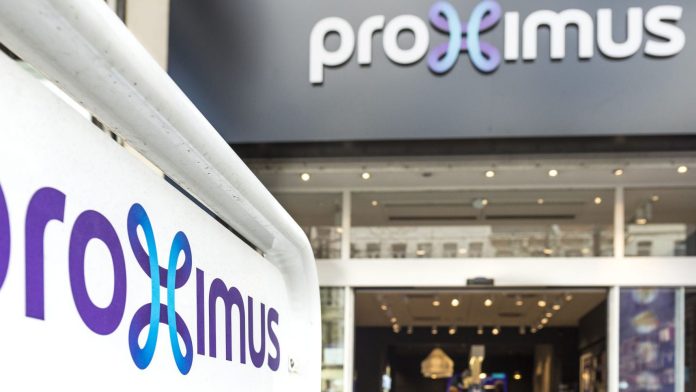Proximus is launching a narrowband internet-of-thing (NB-IoT) network to run alongside its LoRaWAN infrastructure in the Flemish Region in the north of Belgium. The NB-IoT deployment, commissioned by IBM and Sagecom, is initially trained on 1.3 million digital smart meters for monitoring the supply of gas and electricity in the region.
Proximus, the leading operator in the country, asserted the logic of its twin low-power wide-area (LPWA) strategy, distinguishing the complementary roles of NB-IoT and LoRa technologies in the smart city space.
The deployment represents the largest NB-IoT project in the country, it said. The meters will be installed by local gas and electric companies Eandis and Infrax, in the process of integrating as a single entity under the new brand Fluvius, in Flanders by the end of 2022.
New smart-city applications will be available on the network in due course. NB-IoT network, which takes advantage of existing LTE infrastructure and makes use of SIM cards in devices, affords wider coverage from the outset than Proximus offers with LoRa connectivity, it said, making more applications possible.
NB-IoT offers greater bandwidth than LoRaWAN as well, it said; energy consumption is less good, it noted, but remains comparable with other LPWA technologies. “For the digital electricity meters, which pass on detailed user data to the distribution system operator, NB-IoT is just the right technology,” it said in a statement.
“It is possible to read data, as well as control and manage the sensors remotely. The customer can choose exactly which data is shared and used. The processing is aligned with the new privacy law. For other applications, which require an even longer battery life or mobility, LoRaWAN is ideal,” the company said in a statement.
At the same time, Proximus asserted its twin LPWA strategy was correct, maintaining its LoRaWAN network has met with “increasing success” since its launch in 2015. “Proximus can examine with the customer which technology would be the most appropriate for the intended application and offer the best advice on an objective basis,” it said.
Proximus chief enterprise market officer commented: “Proximus is further strengthening its offering of IoT networks. As a result, we are able to respond even better to our customers’ needs and offer them the best solution.”
The LoRA Alliance claims there has been more than 100 percent growth in the number of public LoRa networks in the past 12 months, from 31 live networks to 67. By contrast, the GSMA said ahead of MWC in February that 23 carriers had so far launched 41 licensed cellular IoT networks, including NB-IoT and LTE-M networks.
Unlicensed networks, mostly based on LoRa and Sigfox, make up two-thirds of LPWA networks today, according to a study of 100 LPWA networks by IoT research firm ON World. A third of the total network deployments are geared towards smart city applications, the report found.

